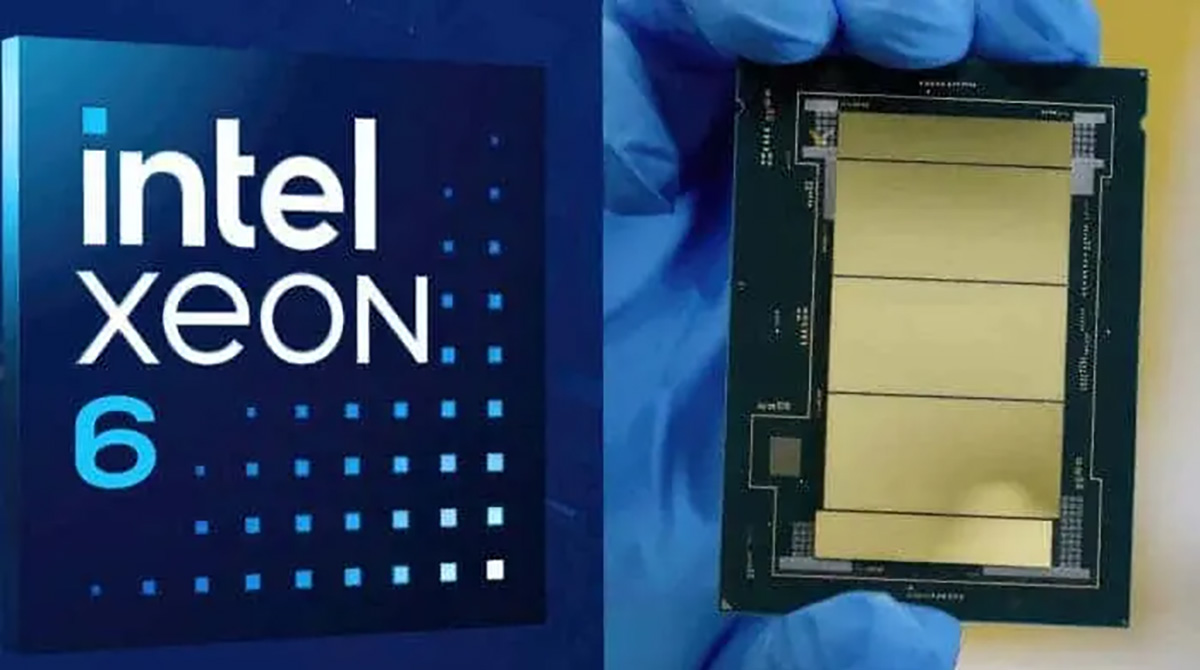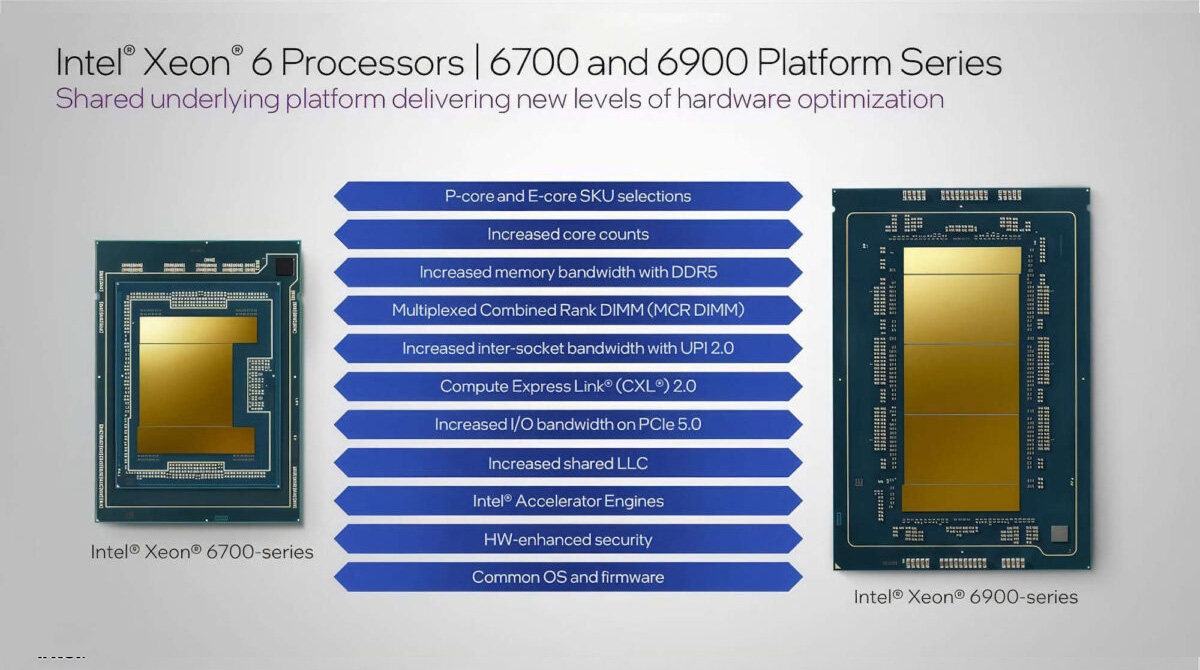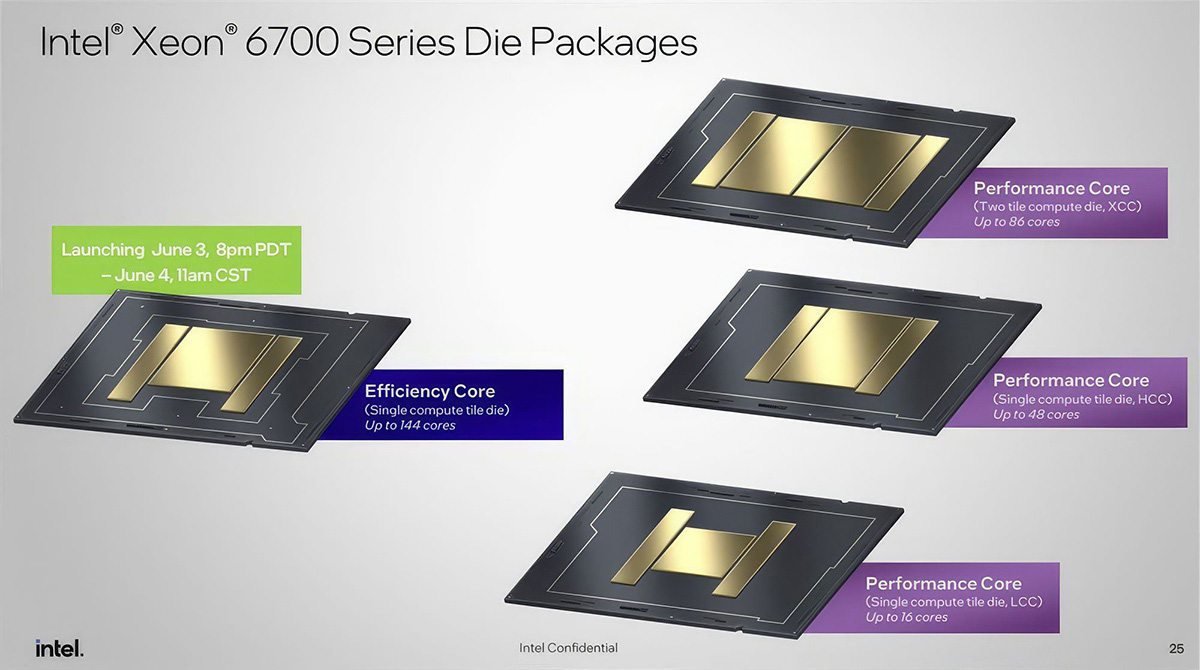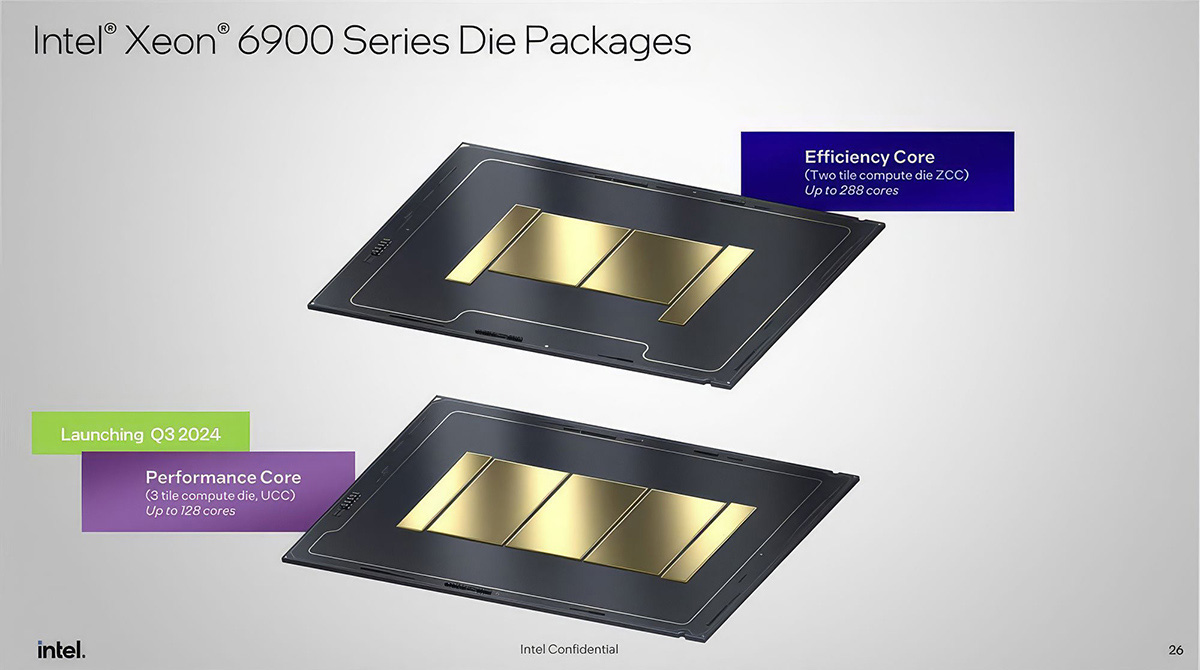Intel's Xeon 6 Processors: The Future of High-Performance Computing?
Published: 06-28-2024
If you're in the market for a new workstation or server, Intel's Xeon 6 processor family deserves your attention. With substantial performance upgrades and a range of features designed for modern workloads, these CPUs promise to take your computing capabilities to the next level. Here's a breakdown of what you need to know.

Performance and Efficiency
The Intel Xeon 6 processors come with up to 288 cores per socket, significantly boosting your system's ability to handle parallel processing tasks. Whether you're running complex simulations, crunching big data, or managing large-scale AI workloads, these CPUs provide the muscle you need.
These processors are designed with efficiency in mind, offering up to 2.3x better performance per watt compared to previous generations. This means you get more computing power without a proportional increase in energy consumption, which is great for both your electric bill and the environment.

The Xeon Family
The Xeon 6 family is divided into four series, each targeting different needs:
Xeon 6900-series: If you need maximum performance for the most demanding environments like AI and high-performance computing (HPC), this is your go-to option.
Xeon 6700-series: Offers enhanced performance for a wide array of data center and telecom applications.
Xeon 6500-series: Provides essential performance for mainstream servers and edge computing.
Xeon 6300-series: Ideal for small to medium-sized businesses looking for entry-level performance.
Within each series there will of course be a variety of specific CPU’s with different core counts, cache allocation, and more. This is just the broad division of Xeon 6 CPUs.

Core Types: P-cores vs. E-cores
Intel offers two types of cores with the Xeon 6 processors. Just like mainstream Intel CPUs. However, unlike mainstream Intel CPUs, according to Intel’s documentation, we’ll get either performance or efficiency cores. Not both in one CPU package. This is the key difference.
Performance-cores (P-cores): Optimized for high performance per core, making them perfect for compute-intensive tasks. They excel in workloads like AI that require robust computational power.
Efficient-cores (E-cores): These are all about density and performance per watt, ideal for tasks that need high parallel throughput, such as cloud-native microservices.
So the 288-core 6900-series CPU will only have E-cores, whereas the P-core version will have 128-cores. However, only the P-cores have hyperthreading.
Real-World Performance Gains
Expect up to 2x higher AI performance with floating point data types and significant gains in HPC applications. If your work involves AI model training or high-performance computing tasks, these processors will make a noticeable difference.

With improvements in both integer and floating-point throughput, general compute tasks will see a boost, making everyday operations smoother and faster.
The Xeon 6 processors support the fastest DDR5 memory available and offer extensive I/O capabilities with up to 188 lanes of PCIe Gen 5 in two-socket servers and 136 for single-socket models.. This means quicker data access and more flexibility for adding peripherals and storage.
Titan and Xeon: A Match Made in Workstation Heaven
If you're considering an upgrade, the Xeon 6 processors offer a compelling mix of performance, efficiency, and versatility. Whether you're running a data center, a small business, or a personal workstation that demands high computing power, there's a Xeon 6 processor that fits your needs.
At Titan we look forward to seeing how far we can push our workstations in terms of computer density and performance. We can’t wait to see what our system design wizards can come up with for our customers thanks to these new toys from Intel!